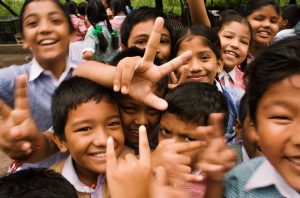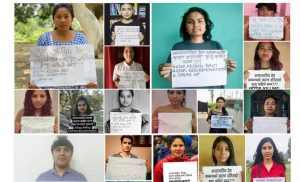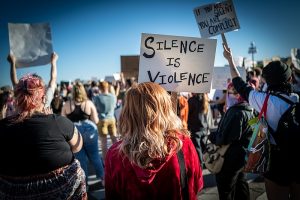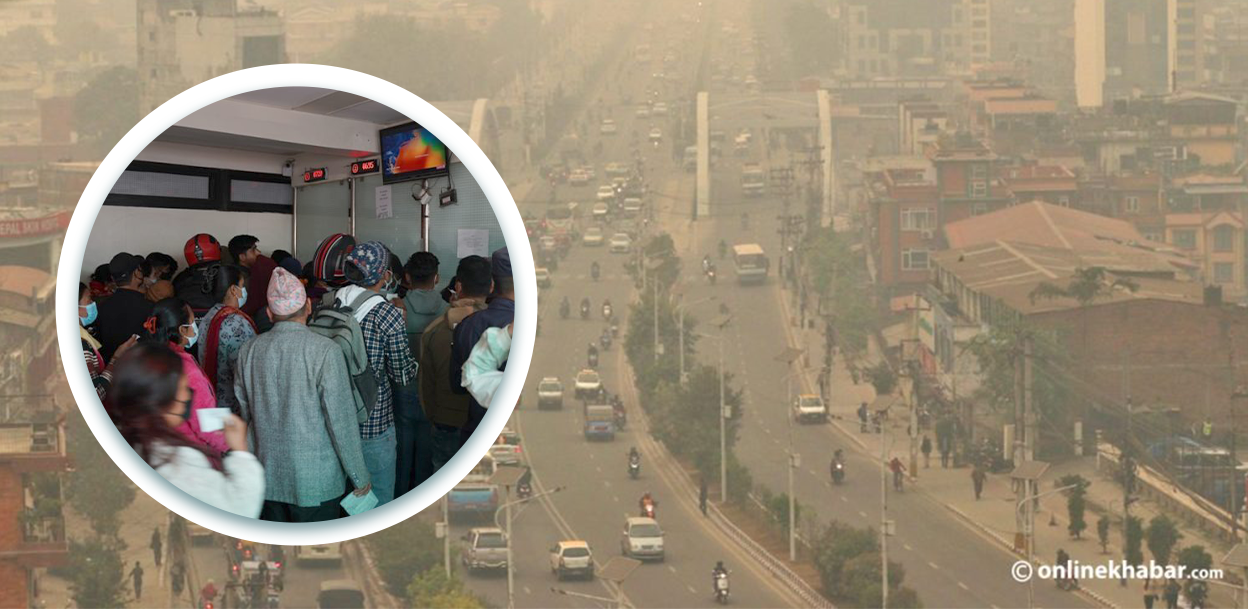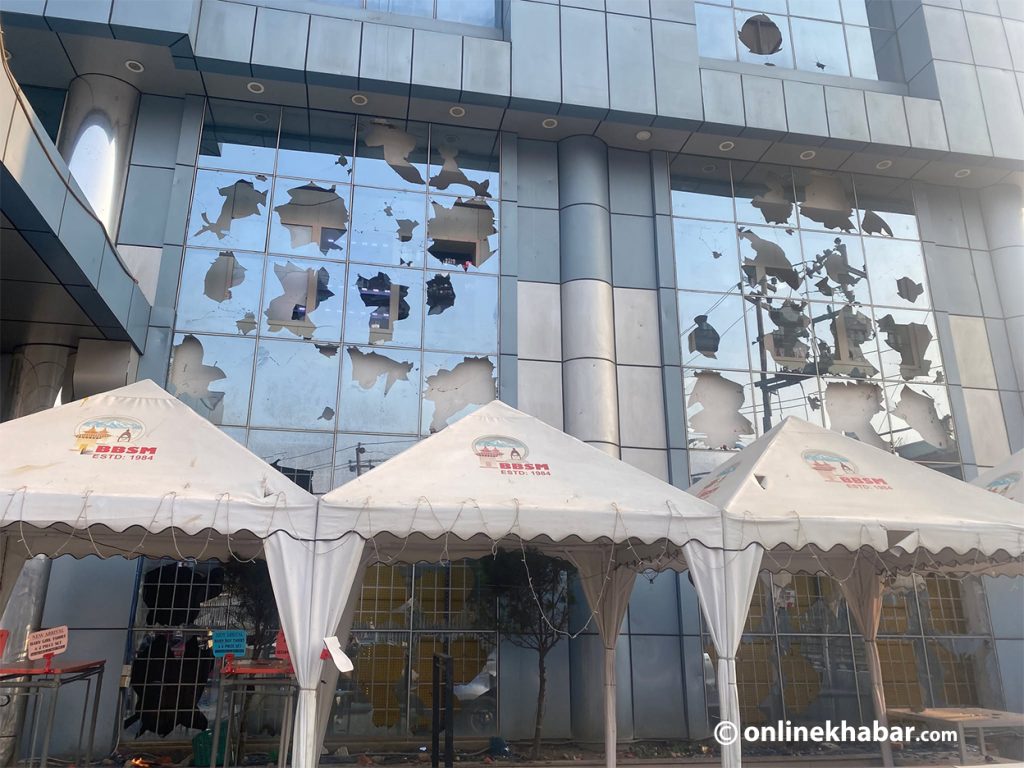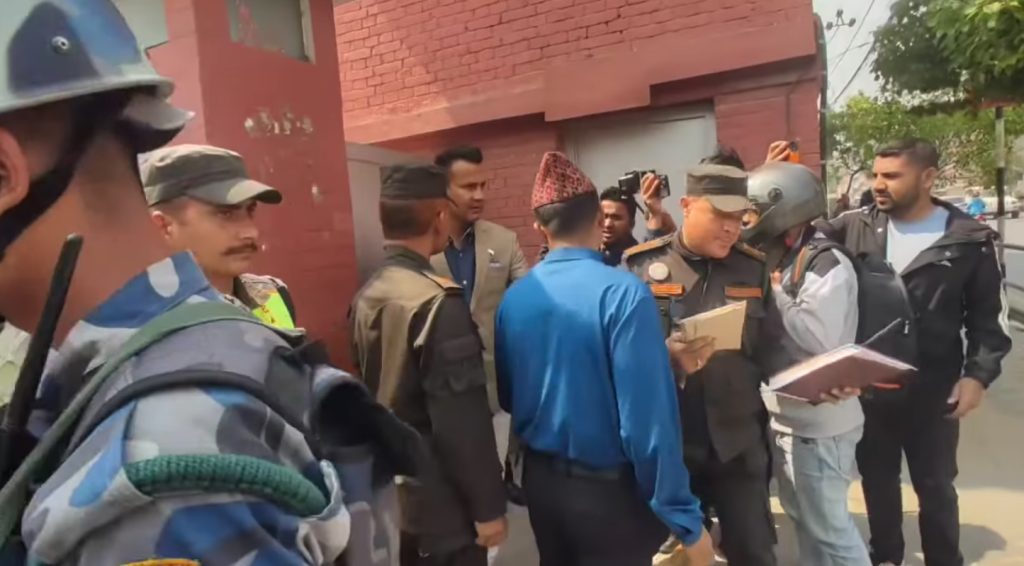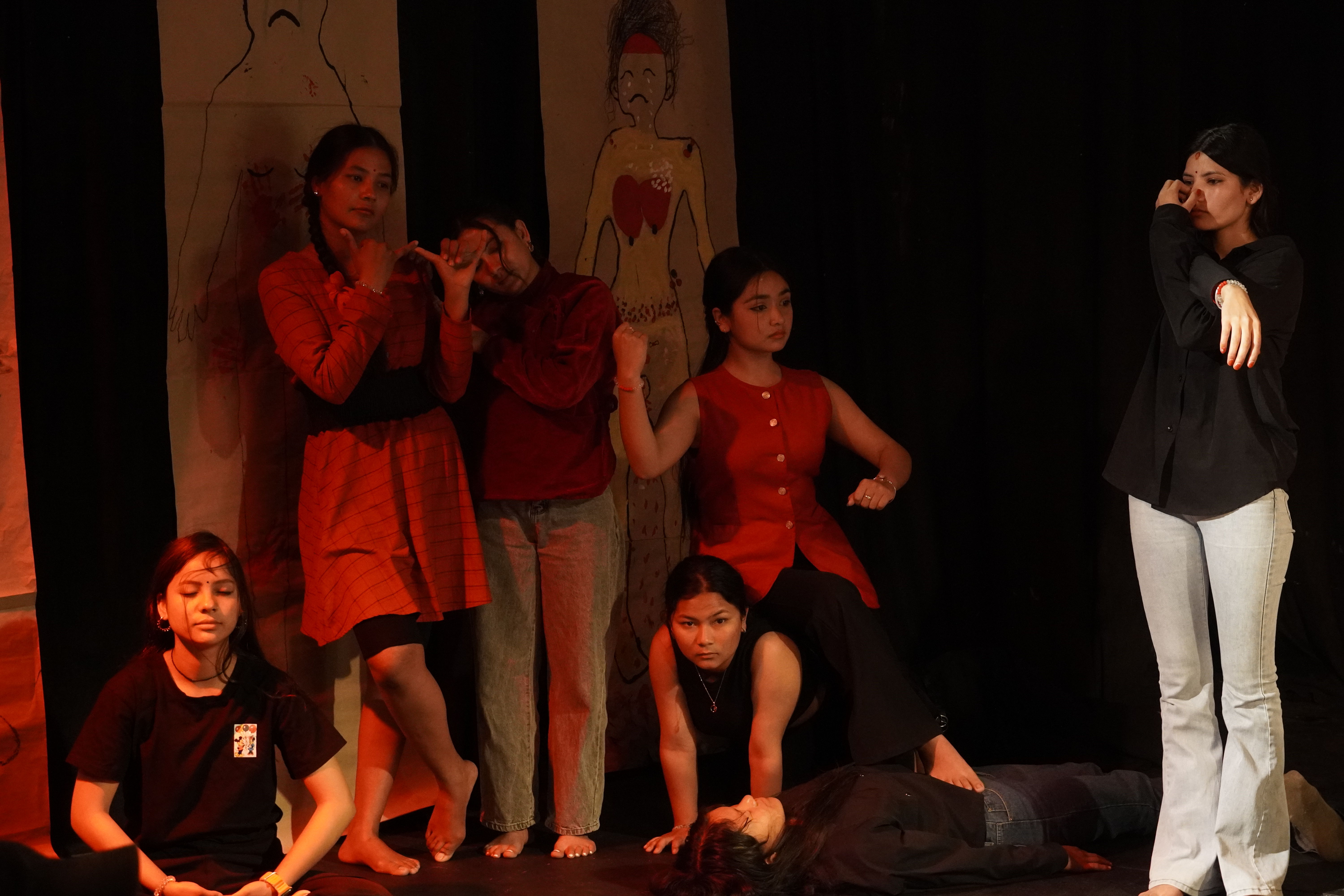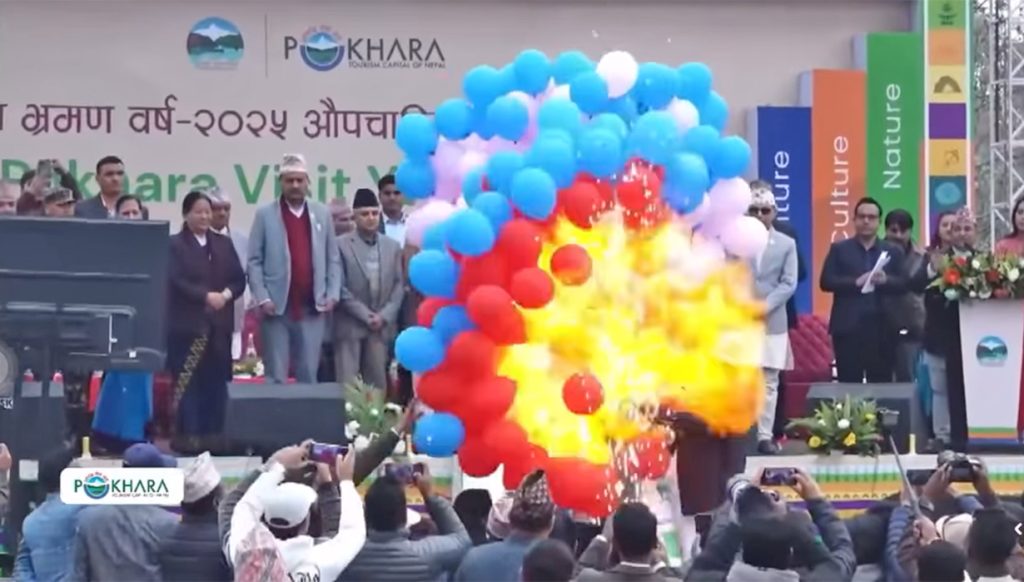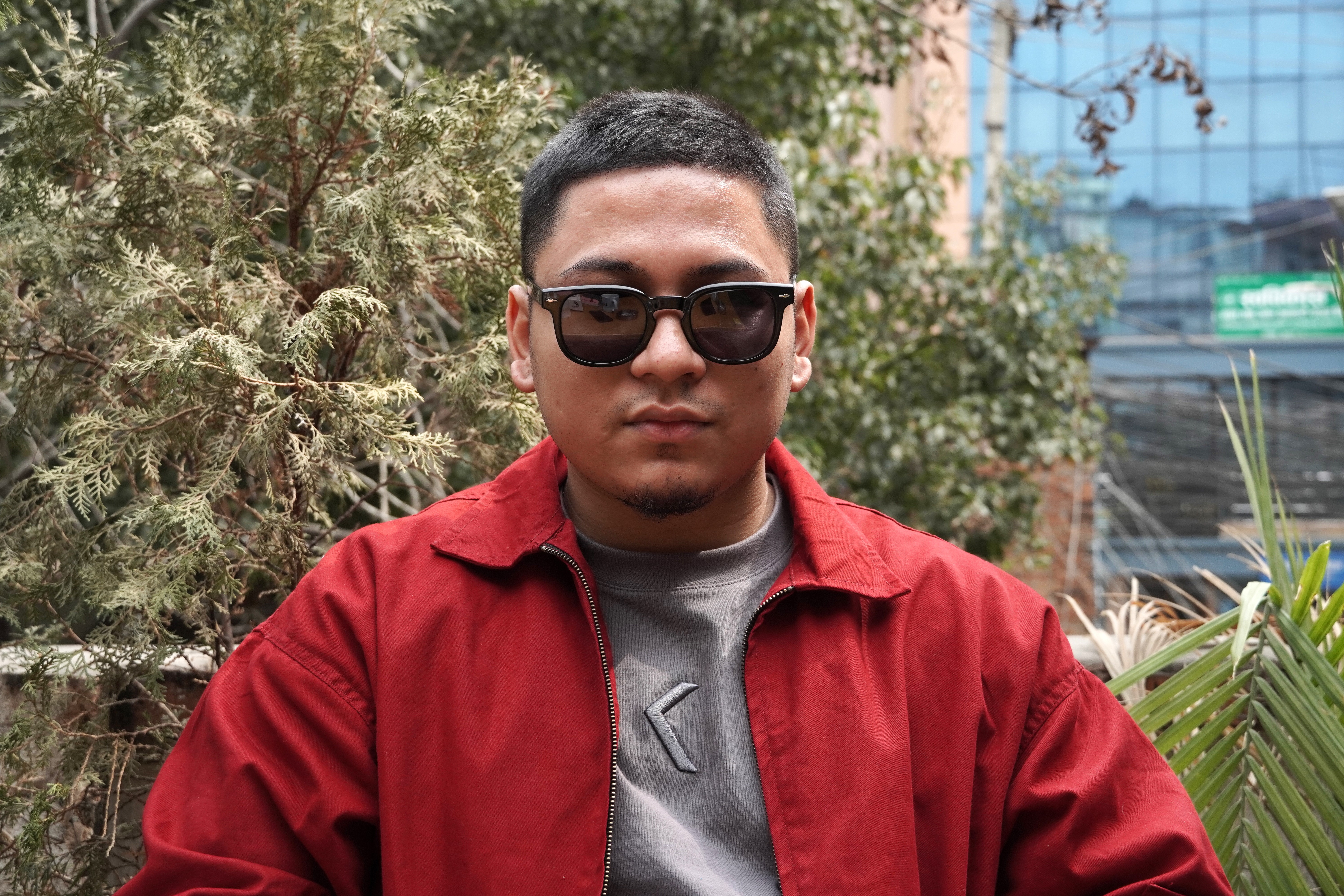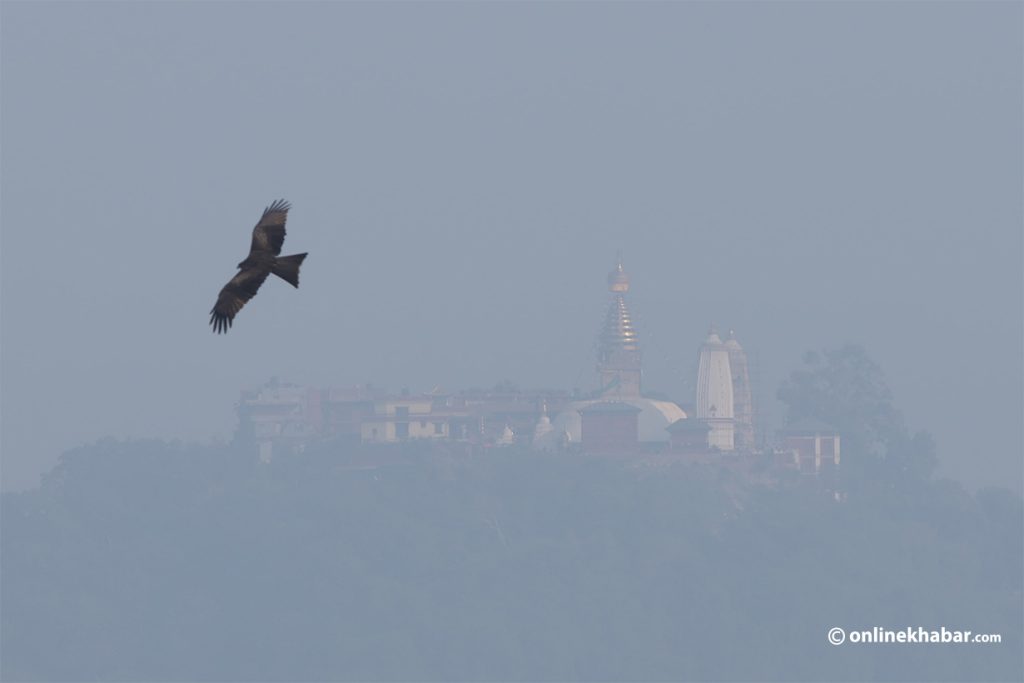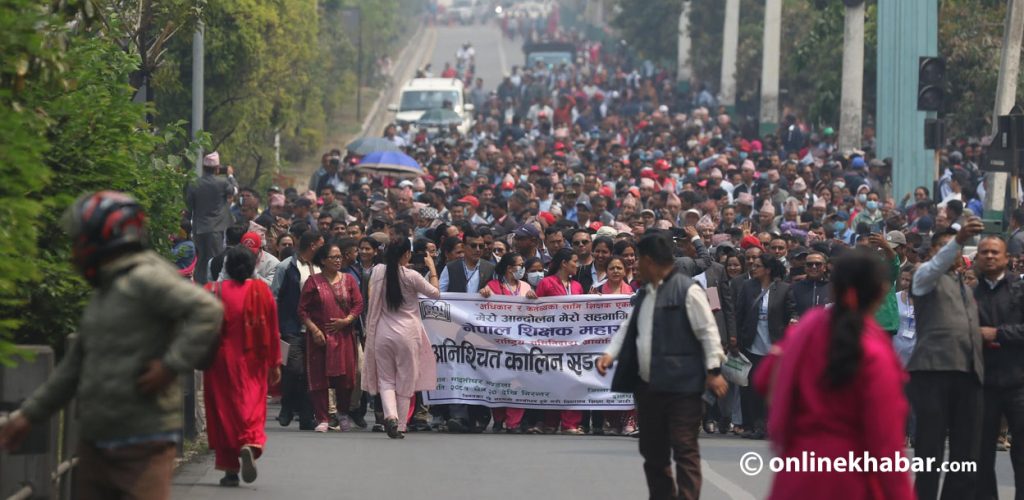
(Read Part I)
The great migration from farms to cities for economic opportunities
During the twentieth century’s middle decades, African Americans moved in large numbers from rural farms to cities for economic opportunity, a move that most Nepalis understand well. Just as many Nepalis have relocated from remote districts to cities for more opportunities in recent years, so too did millions of African Americans move from farms to cities like Minneapolis and New York in search of opportunity, starting about 100 years ago.
Sometimes black migrants found jobs that matched their hopes; almost always they also encountered harsh discrimination and unfairness. That discrimination and unfairness explain a lot of the frustration that has boiled over in American cities over the past week.
Between 1916 and 1970, particularly during World War I and World War II, approximately six million black southerners, the sons and daughters and grandchildren of slaves, moved from rural farms to urban areas, cities in the South like Atlanta but especially northern cities like New York and Chicago and western cities like Los Angeles, California.
Deteriorating economic conditions on southern farms and harsh treatment by whites pushed African Americans to leave their homes; they had also heard that factories needed good workers.
Many blacks found jobs and helped the US win World War I and World War II. But the migrants also faced discrimination and barriers: the best jobs and nicest apartments went to whites. Most migrants found themselves forced into mostly ‘black’ neighbourhoods, often with more dilapidated housing. Not long afterwards, in the 1950s and 1960s, most of the factories moved away, leaving behind a few good jobs and opportunities.
Meanwhile, the government spent vast sums of money to support home loans and build highways in white neighbourhoods. Since the school funding in America comes mostly from local governments, not the central government, white children studied at much better schools than black children.
Relations between the mostly white city police force and African Americans in poor neighbourhoods grew hostile and sometimes violent. Police sometimes harassed, hit, and even killed blacks. Easily available guns added fuel to the fire. It was only a matter of time before frustrations boiled over among black men and women.
In 1968, a white man shot and killed Martin Luther King, the African American religious leader and follower of Mahatma Gandhi who had organised nonviolent campaigns for democratic rights. Protests with looting and burning erupted in over 150 cities.
King, like many people today, had condemned the violent protests the year before but even more so condemned the grave injustices that sparked the violence in the first place. Urban riots and protests, he said, “were the language of the unheard.” “Large segments of white society,” he noted, “are more concerned about tranquillity and the status quo than about justice, equality and humanity.”
In response to these problems, a high-level federal commission—called the Kerner commission—recommended billion-dollar programmes for public housing, employment, and school improvement. The US was the world’s richest nation. It had spent billions of dollars in a space programme that was about to put a man on the moon. It was spending billions to fight a oppresive war in Vietnam and on highways that helped mostly white suburban areas. Also, we should not forget, American prosperity owed in many ways to wealth generated from slavery and the exploitation of black labour.
Lyndon Johnson, the president in the mid 1960s, ignored the Commission’s recommendations. President Richard Nixon, elected in November 1968, promised to restore ‘law and order’ but did little to restore justice. He, too, ignored the Kerner recommendations. The problems continued.

Current injustices and inequalities
Today, unfair gaps between whites and blacks persist in America. A core problem is that economic inequality undercuts opportunity and an unjust criminal justice system strangles individual rights.
Today, black Americans are 12 per cent of the US population but own only 3 per cent of the nation’s wealth. College-educated whites own seven times the wealth of college-educated blacks. Unfair government policies reinforce wealth gaps handed down the generations.
A broken criminal justice system widens the gap between whites and blacks. The US makes up five per cent of the world’s population but has 20 per cent of the world’s prisoners. Disproportionately, these are black Americans from poor neighbourhoods. White political leaders have emphasised jail time instead of other punishments, and blacks have received harsher penalties than whites for similar crimes.
A 40-year-old black university professor recently wrote that he has been stopped without cause by police more than 40 times in his life. Just being black, he says, makes him suspicious in the eyes of the police.
Police often use much more force with blacks than with whites. In recent years, several unarmed black men have died in encounters with white police officers. Six years ago in New York City, an unarmed black man, Eric Garner, arrested for selling cigarettes, was choked to death in broad daylight by police.
Last year, American police officers killed 1,099 people, according to the Mapping Police Violence project, and 24 per cent of these were black Americans, even though they make up only 12 per cent of the population. Rarely do the officers who use too much violence get more than a “slap on the wrist,” much less criminal charges and jail time.
We are learning more about police brutality not because it is new but because of new phones catching it on film.
In addition, discrimination, neglect, and greater rates of poverty have meant that African Americans contract and die from Covid-19 at far greater rates than whites. America has deep wealth and health injustices.

Minneapolis, Minnesota
George Floyd had recently lost his job because of Covid-19. He was arrested after trying to use a fake $20 bill in a shop in Minneapolis, Minnesota, a north-central American city. The protests that erupted afterwards reflect some of the frustrations that have built up in the African American community in Minneapolis over the decades.
I have many connections to Minneapolis, the city where George Floyd lived. My mawalighar is a small town not far away, and my brother and sister and their families live nearby. I lived there for a year a long time ago and even worked in the neighbourhood where George Floyd’s life was taken from him. My nieces and nephews, who are white, never faced the harassment, the discrimination, and the low society expectations that black boys and girls routinely face.
In many regards, Minneapolis is similar to other cities. Two of every 10 citizens are black, six white, one from the centre of South America. Many Asians have moved there in recent years, including some Nepalis. Many black Americans are descendants of families from the South who moved north for jobs and opportunities during World War I and World War II.
They often faced discrimination. They could not choose where they lived; they had to live in one or two black neighbourhoods. A recent newspaper article explains when a black post office worker tried to buy a house in a white neighbourhood in Minneapolis, he and his family were terrorised and threatened night after night by white mobs.
But, Minneapolis is worse than other cities in many ways. Only 1/3 as many blacks own houses as whites. The average black family earns less than half what the average white family makes. The city has failed to create real educational and economic opportunity.
The city’s police force is overwhelmingly white and has a long record of mistreatment of blacks, sometimes violent, going back decades. This long history — as well as the history of slavery and exploitation and discrimination over generations — explains the explosion of frustration from African American citizens and white allies over the last two weeks.
Conclusion
One day, in the 1990s, while I was at a Nepali friend’s house in Khotang, where I was a teacher, he surprised me by pulling out a picture of Abraham Lincoln, the American president who freed America’s slaves during the American Civil War over a hundred years earlier. My Nepali friend told me that Lincoln was one of his heroes. Mine, too, I said. I was very moved to see that an American political figure had inspired a Nepali on the other side of the planet so many decades later.
In the 1860s, at the end of the American civil war, Lincoln had tried to right some of the wrongs created by over 200 years of enslaving African people in North America. But not long after the war’s end, African Americans found themselves once more restrained by economic and political barriers, enforced by violence. In the 1960s, in the years after World War II, African Americans pushed hard for the nation to live up to the rights its Constitution guaranteed, with only partial success.
Again today, black Americans and their many allies are pushing the nation to live up to the inspiring promise of the American Declaration of Independence: “All men are created equal.”
Dr Robertson was a Peace Corps volunteer in Khotang from 1993 to 1996 and was director of Fulbright Nepal from 2017 to 2019. He is also a historian.
—
Photos from Wikimedia Commons




